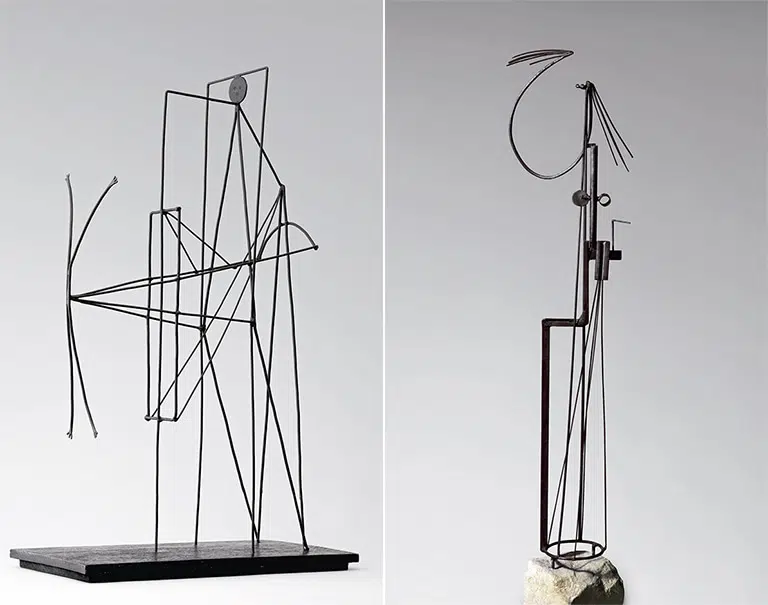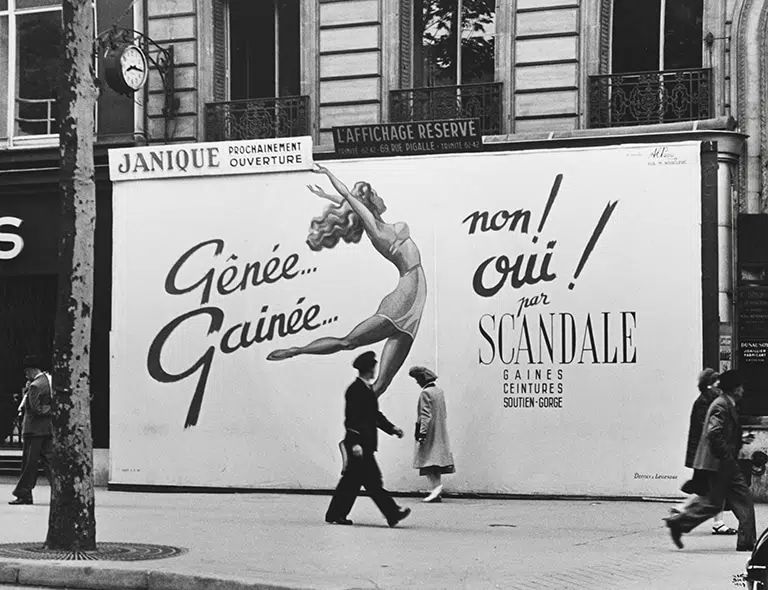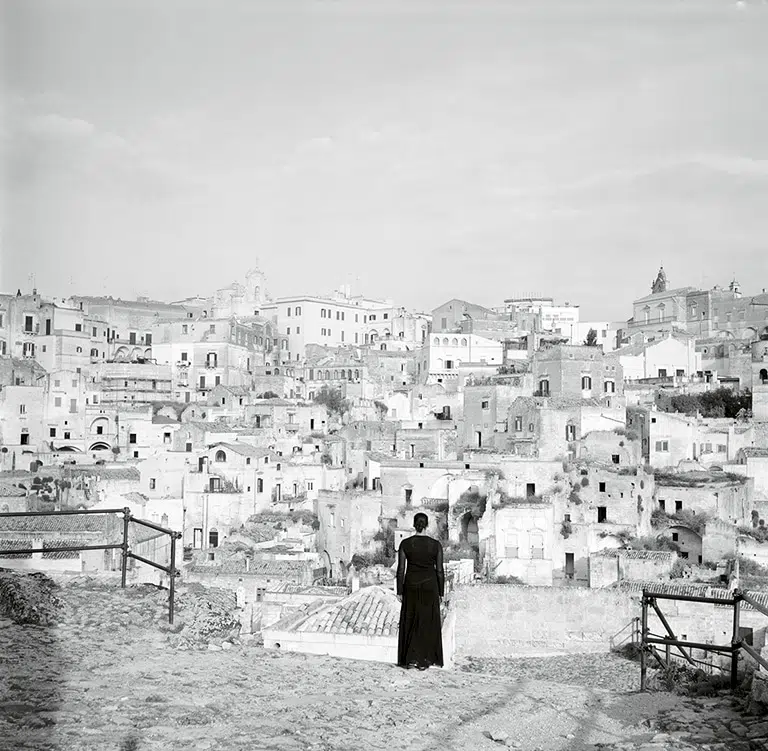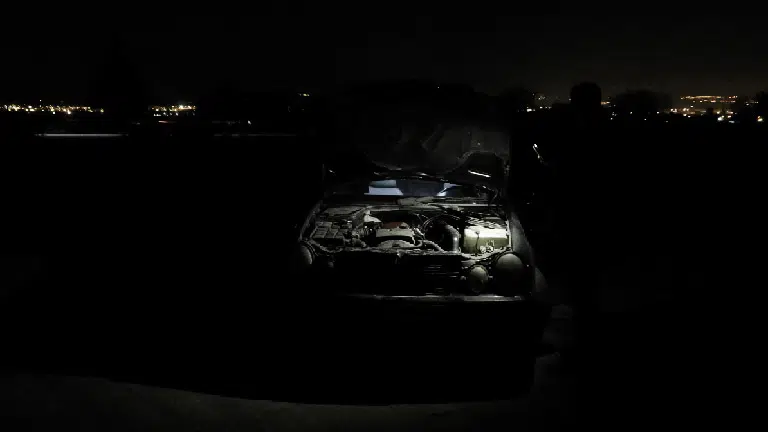Schlafendes Mädchen (Young girl asleep)
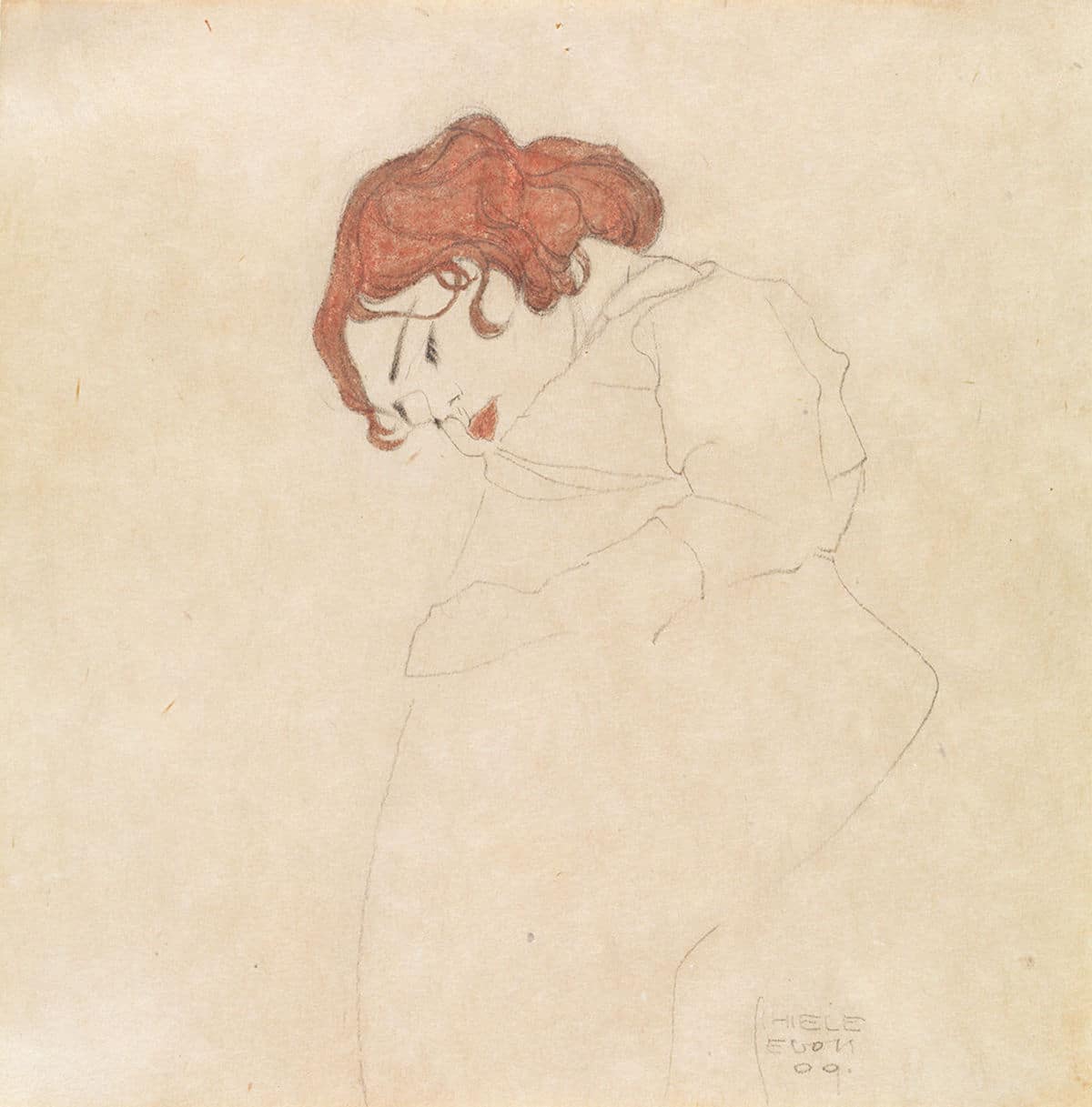
Egon Schiele
Schlafendes Mädchen (Young girl asleep), 1909
© Fundación MAPFRE COLLECTIONS
Entry date: 2010
Provenance: Aga Gallus Prague, gift of the artist, Collection M. et Vicent Ray, Great Britain, Private Collection, David Lévy&Associés, Paris
Technique
Watercolor, pastel and graphite on paper
Dimensions
Printed area: 22.4 x 22.2 cm (8 13/16 x 8 3/4 in.)
Frame size: 51 x 59,5 x 4 cm
Inventory
FM000325
Description
The line of Schiele’s drawings often seems fragile and brittle; at times, forced. However, it always delimits, with a strength that the artist highlights or weakens as necessary, the contours of a motif that not only reproduce an image but seem to want to show its soul. We do not know if this is the artist’s soul, although it probably is.
In 1909, the date of this drawing, Schiele left the Vienna Academy, which he had joined a few years earlier, to form, together with other artists and friends, the Neukunstgruppe (new art group). In his manifesto, Schiele proposed that the artist should create from himself and for himself, without mediators, recalling the formulation of the genius reflected by Kant in his Critique of Judgment (1790). The term “genius” was born in the context of a new era, one in which modern man became aware of his excision with respect to nature, an irreparable excision in which the absolute, and God, were unattainable.
In many of the Austrian’s works we can be see this feeling of excision, of the disintegrated self that tries to recompose its parts: those in which he portrays himself – Desnudo masculino sentado (Seated Nude Male) (1910; private collection) or El profeta (The Prophet) / Double Self-Portrait (1911; Staatsgalerie Stuttgart)-, as well as those more symbolic and visionary – Dos muchachas echadas y entrelazadas (Two girls lying down and intertwined) (1915; Graphische Sammlung Albertina, Vienna).
Schiele’s main artistic instruments are always drawing and lines, which convey a profound spiritual and psychological weight. Lines of outstanding delicacy, which are gradually joined, in later drawings, by an accentuated eroticism.
From 1909-1910, the artist definitively detached himself from his master, Gustav Klimt. He abandoned the decor in his paintings and drawings and placed his figures in blank spaces. This lack of anecdote, which entails a lack of theatricality, means that his images, the female figures, are presented to us in a very tangible way; they show their psychology and incite reflection, as is the case with the drawing we are commenting on. Although, in this case, the young woman appears asleep, in a dreamy state that reminds us of the painting that Schiele himself dedicated to his sister Gerty on the same date (Museum of Modern Art, New York), both young women -the one in the painting perhaps more adult, the one in the drawing younger- invite us to abandon, to identify ourselves with their tenderness, in a warm and at the same time melancholic gesture. This is one of the differences between Klimt’s figures and those of Schiele. In the master, women, eroticism, is represented in a majestic way; strong women in a decadent world, who challenge us, question us almost as if they were Byzantine icons. Schiele’s girls and women -even adults- are always more expressive, closer; a feeling that is accentuated by the artist’s way of composing. From these dates it seems that Schiele wanted to observe the woman’s body from all possible points of view: the face and at the same time the arms; the front part of the torso and the legs; also the back, the curve that joins the buttocks with the thighs. Thus, as in Schlafendes Mädchen, we can almost never see the model’s entire body. Even if this young woman were sleeping, as her title indicates, the twisting of her neck would make this difficult for a long period of time.
In the first ten years of the 20th century there was a profound change in the social status of women and, therefore, in their representation. The drawings of Klimt, Kokoschka, Munch or Schiele, although in different ways, are a good example of this. They no longer resort to an ideal or symbolic woman, nor to women disguised as legend or literature in nineteenth-century culture. Now the gaze is intended to be naked, and the viewer’s gaze is left naked before a woman who offers herself as real.
[Leyre Bozal]
Signed and dated lower right corner
COMINI, Alessandra. Egon Schiele’s Portraits. Berkeley: University of California, 1974.
DUFOUR, Philippe. Egon Schiele: Œuvres sur papier. Monaco: Éditions Sauret, 1993.
Kallir, Jane. The complete works. New York: Harry N. Abrams, 1990.
– Egon Schiele: drawings and watercolors. New York/London: Thames & Hudson, 2003.
– Egon Schiele. Life and work. New York: Harry N. Abrams, 2003.
KALLIR, Otto. Egon Schiele: The graphic work. New York/Vienna: Crown Publishers and Paul Zsolnay Verlag, 1970.
LEOPOLD, Rudolf. Egon Schiele: paintings, watercolors, drawings. London: Phaidon Press, 1973.
MESSER, Thomas M. Egon Schiele, 1890-1918. Munich: Haus der Kunst, 1975.
NATTER, Tobias Günter, and HOLLEIN, Max. The naked truth: Klimt, Schiele, Kokoschka and other scandals. Munich: Prestel, 2005.
SÁENZ, Miguel. Egon Schiele: in body and soul. Madrid: Fundación Juan March, Editorial Arte y Ciencia, 2005.
SCHRÖDER, Klaus Albrecht. Egon Schiele. Vienna/New York: Albertina, Prestel, 2005.
